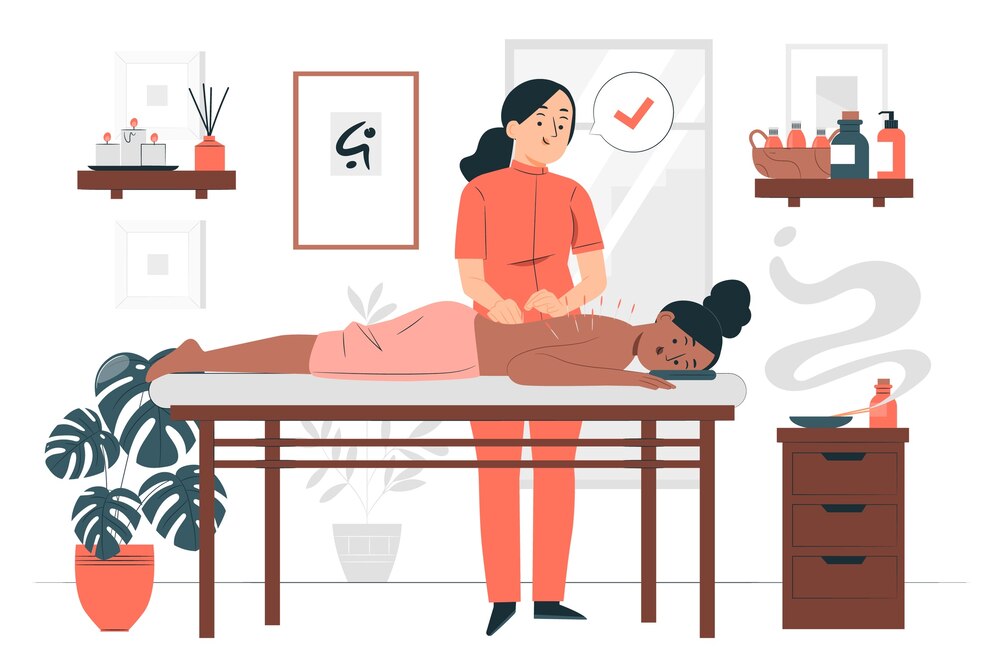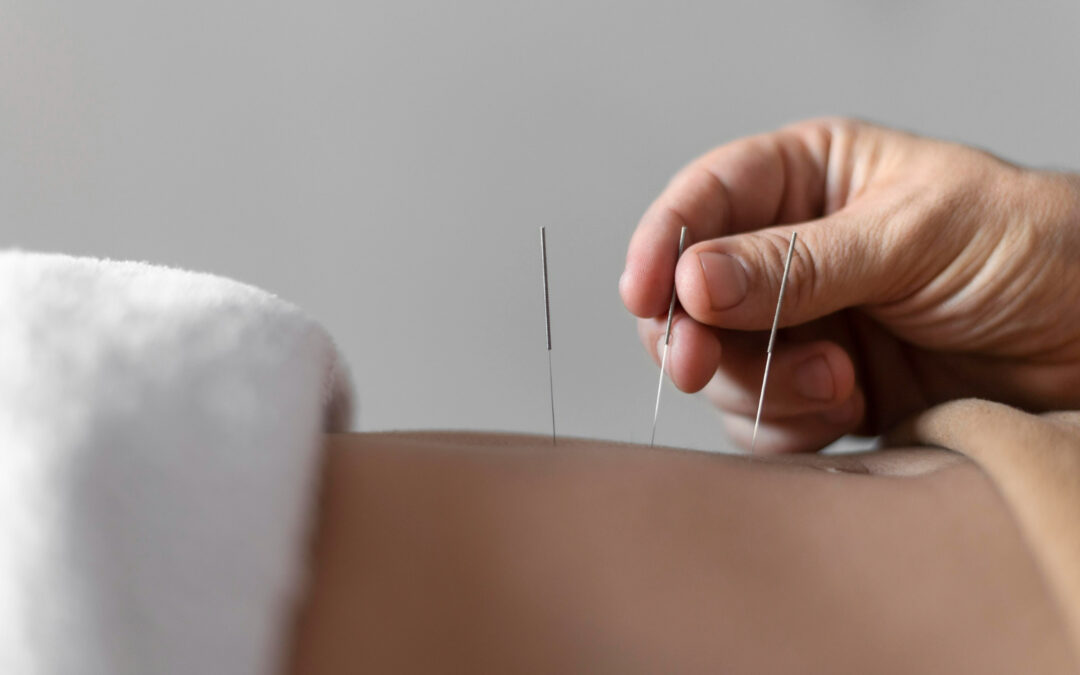Dry needling and acupuncture bridge the gaps between ancient traditions and modern medicine. While these techniques may seem worlds apart in their origins and philosophies, they stand out for their remarkable use of fine needles to heal the body.
In this blog, we’ll look at dry needling and acupuncture. We’ll explore the science behind their needle-based therapies and the points at which these two practices converge.
How do they hold the key to a healthier, more balanced you?
The Science Behind Dry Needling
Dry needling is a technique that might seem mysterious at first, involving the insertion of thin needles into specific points in the body. However, the science behind dry needling is grounded in neurophysiology and musculoskeletal anatomy.
Dry needling is rooted in myofascial trigger points, which are tight knots of muscle fibers that can develop due to overuse, injury, or other musculoskeletal issues. These trigger points are often a source of pain and discomfort, and dry needling aims to address them. Here’s how it works:
1. Needle Insertion: During a dry needling session, a trained practitioner inserts thin, solid needles directly into these trigger points. The term “dry” refers to the use of solid needles, in contrast to “wet” needles used in traditional acupuncture, which sometimes deliver medication.
2. Stimulation: Once the needle is in place, the practitioner may gently manipulate it. This manipulation can create a twitch response in the muscle, which is a sign that the trigger point is being effectively addressed.
3. Relaxation: Throughout the treatment, the muscle tension is released, and blood flow to the area improves. This process can alleviate pain and improve range of motion.
Dry needling induces several physiological responses in the body, contributing to its therapeutic benefits. These responses include increased blood flow, release of endorphins, muscle relaxation, and improved nerve function.
Acupuncture as A Holistic Approach
Acupuncture is a practice deeply rooted in Traditional Chinese Medicine (TCM). At its heart lies the belief that the body, mind, and spirit are interconnected and that maintaining balance among these elements is crucial for overall well-being.
Meridians are the body’s energetic pathways, each associated with a particular organ or system. These meridians are not physical structures that can be seen on an X-ray, but rather conceptual channels through which Qi flows. There are 12 primary meridians, each associated with a different organ, such as the heart, lung, liver, or kidney.
The benefits of acupuncture extend beyond the physical realm, often encompassing mental and emotional well-being. Many patients report reduced stress, improved sleep, and increased relaxation as outcomes of acupuncture sessions. This holistic approach aligns with the TCM philosophy of nurturing the whole person, not just treating symptoms.
Moreover, acupuncture is often considered a complementary therapy to conventional medicine. It can be used alongside other treatments to enhance their effectiveness or alleviate side effects. This integration of Eastern and Western medical practices demonstrates the versatility and potential for synergy in healthcare.
Intriguingly, the principles of acupuncture, with their focus on holistic well-being and energy balance, find intriguing parallels in another, seemingly distinct, therapeutic technique: dry needling.
Where Dry Needling Meets Acupuncture
This combination of traditional Chinese medicine and modern therapeutic methods or chiropractic care has led to compelling cases where practitioners integrate both techniques.
One common application of this synergy is in chronic pain management. Patients suffering from conditions like fibromyalgia or chronic back pain have found relief through a dual approach. In such cases, practitioners may employ dry needling to target specific trigger points while simultaneously using acupuncture to balance the body’s energy flow.
Stress and anxiety also count. Here, acupuncture’s focus on relaxation and balance pairs perfectly with the muscle relaxation benefits of dry needling. Patients who struggle with stress find this combination a soothing and effective way to ease their mental and physical tension.
The integration of dry needling and acupuncture brings several potential advantages that have captivated both practitioners and patients alike—holistic healing, enhanced pain management, and customized treatment.
Here’s a video that differentiates dry needling and acupuncture in depth: https://www.youtube.com/watch?v=2UXX_6G19U8&pp=ygUbZHJ5IG5lZGxpbmcgYW5kIGFjdXB1bmN0dXJl

This amalgamation has been particularly impactful in chronic pain management and stress alleviation. Patients grappling with conditions like fibromyalgia or chronic back pain have discovered relief through a blend of techniques, tailored to address specific trigger points while harmonizing the body’s energy flow. Similarly, those battling stress and anxiety have found solace in the complementary effects of relaxation and tension release brought about by this amalgamation.

